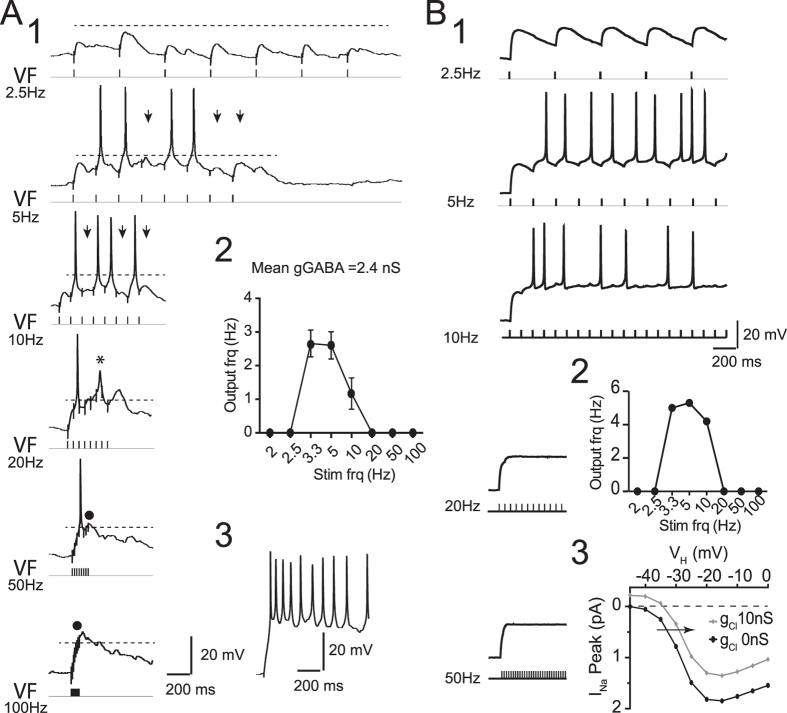Figure 8. Experimental demonstration of the switch from excitatory to inhibitory dGPSP barrage with increasing frequency.
(A1) Whole-cell patch-clamp recording from an E13.5 MN (E13.5 intracellular medium) while stimulating the ventral funiculus (VF) at various frequencies in the presence of AP5 (20 μM), CNQX (50 μM) and DHβE (5 μM) (ERest = −74 mV). Each VF stimulation produced a dGPSP (mean conductance of 2.4 nS). At 2.5 Hz, the dGPSP did not elicit a spike. At 5 Hz and 10 Hz, the dGPSP summation occurred and the EThr (horizontal dashed line) was reached. However, because of the amplitude variability among the dGPSPs, certain VF stimulations failed to reach EThr (arrows). At 20 Hz, an action potential was elicited by the second VF stimulation. The following stimuli (steady state) failed to elicit spikes despite reaching EThr. Note that an aborted spike was observed (asterisk). At 50 Hz, only one spike was produced on the fourth stimulus, whereas at 100 Hz, the VF stimulation did not induce an action potential (black dot). (A2) Average I/O frequency relationship calculated from five E13.5 MNs. (A3) Spontaneous burst of activity demonstrating that the MN is able to fire at a frequency reaching 20 Hz. (B1) Simulation of the E13.5-model MN with the same characteristics as the real MN presented in A-B. VF stimulation was mimicked by a 2.5 nS synaptic conductance and ECl set to −43 mV with the same kinetic as the VF-evoked synaptic current (rising time constant 2 ms, decay time constant 150 ms). In this simulation, the inactivation of Na+ channels was <1.5% as in Fig. 7B. (B2) Bell-shaped I/O frequency relationship. (B3) Curves of peak sodium channel currents (INaPeak) against the imposed membrane potential (VH, simulated voltage-clamp) in the absence (black) and the presence (grey) of a constant 10 nS gCl.

